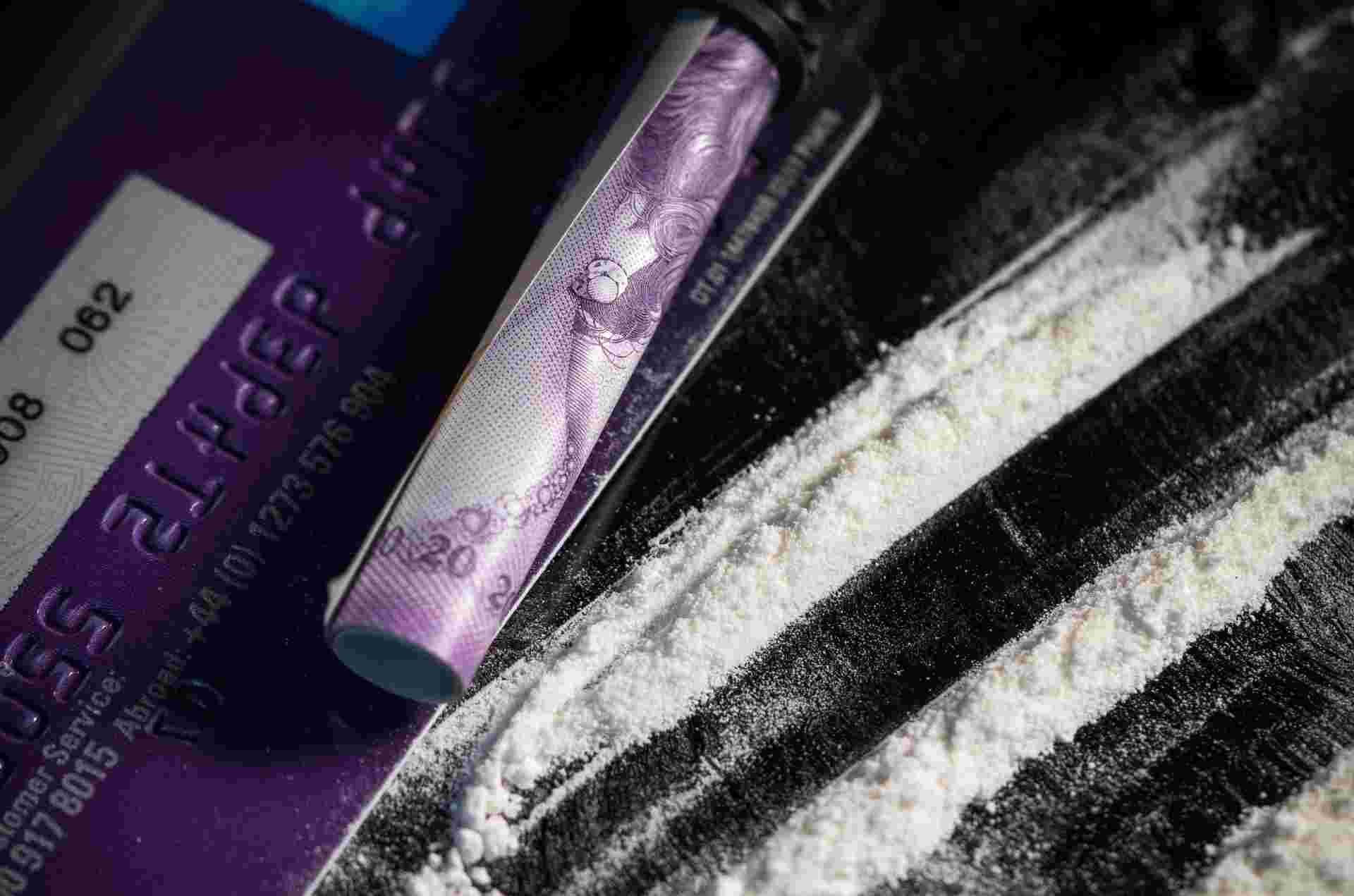
If you’ve been charged or are facing criminal charges for a 2nd-degree drug crime, we at Arechigo & Stokka know that you have questions. Many people going through the criminal justice system are doing so for the very first time. You are understandably scared.
When you reach out to the experienced Minnesota criminal defense attorneys at Arechigo & Stokka, we will carefully explain your options to you and develop a defense strategy to obtain the best possible outcome in your case.
This page is the starting point to understanding your options for avoiding 2nd-degree felony punishment.
What Are the 2nd Degree Drug Crimes in Minnesota?
Second-degree drug crimes are serious felony offenses, with punishment ranging from supervisory probation to years of jail time. Minnesota law classifies drug crimes in the 2nd degree by sale or possession.
The following are Minnesota’s drug crimes in the 2nd degree.
The sale of a controlled substance is a 2nd-degree drug crime when it involves:
- 10 or more grams of a narcotic drug other than heroin,
- Three or more grams of heroin,
- 10 or more kilograms of marijuana,
- Three or more grams of cocaine or methamphetamine plus possession of a firearm,
- Three or more grams of cocaine or methamphetamine plus three aggravating factors (aggravating factors may include things like gang involvement or selling to a minor),
- 10 or more grams or 50 or more dosage units of amphetamines, PCP or hallucinogens,
- Sale of cocaine or narcotics to a minor or employing a minor to sell those substances, or
- Sale of narcotics, LSD, MDA, methamphetamine, amphetamines, or five or more kilograms of marijuana in a park zone, school zone, public housing zone, or drug treatment facility.
Additionally, possession of a controlled substance is a 2nd-degree felony when it involves:
- 50 or more grams of a narcotic drug other than heroin,
- Six or more grams heroin,
- 25 or more kilograms or 100 plants of marijuana,
- 25 or more grams cocaine or methamphetamine,
- 10 or more grams cocaine or methamphetamine plus possession of a firearm,
- 10 or more grams cocaine or meth plus three aggravating factors, or
- 50 or more grams or 100 or more dosage units of amphetamines, PCP, or hallucinogens.
If you’ve been charged with any one of these crimes, prepare for your case by calling Arechigo & Stokka today to discuss your options.
What Is the 2nd Degree Felony Punishment?
Second-degree felony punishment in Minnesota follows the presumptive sentencing guidelines written by The Minnesota Sentencing Guidelines Commission. Following the 2016 Drug Sentencing Reform Act, the Commission adopted the Drug Offender Grid that sets presumptive punishments for drug crimes.
The Drug Offender Grid ensures fairness and consistency so that bias doesn’t adversely affect basic principles of justice. The judge in your case will use a two-part test to determine your punishment, following the grid’s ranking of the severity of the crime and the offender’s Criminal History Score.
The Guidelines rank second-degree drug crimes as a D7, the third-highest severity of drug offenses.
If this is your first felony offense, your previous offense was over 15 years ago, or you otherwise have a criminal history score of 0 or 1, a judge will likely grant you a stayed sentence.
A stayed sentence usually means supervisory probation and may require rehabilitation activities, like using local drug programs and resources. If you have a higher criminal history score because of prior felonies, custody status at the time of the offense, prior misdemeanors or gross misdemeanors, or prior juvenile adjudications, you may face time in prison.
The average prison sentence given for all drug crimes in 2019 was 42 months or three-and-one-half years. Judges have the discretion to consider aggravating or mitigating factors and increase or decrease your punishment accordingly, up to the statutory limits.
The maximum punishment for a 2nd-degree drug crime is imprisonment up to 25 years or a fine of up to $500,000.
Felony Drug Possession
Felony Drug Possession Charges Dismissed For Unlawful Police Entry of Home
THE FACTS: Client was charged with felony drug possession for drugs found during a search of his home. Police responded to a report of an injured female in the front yard of the residence. A bystander was with the female and had called the police. The caller did not provide any information concerning any activity at the residence.
Responding officers recognized the female and knew her boyfriend was the client. The officers also knew the client had a prior history of drug charges and lived at the nearby residence. Officers walked up to the front door of the residence and found the door unlocked. The officers did not bother asking for any permission to enter the home. Instead, the officers opened the front door and entered the residence and proceeded to walk throughout the residence. A number of controlled substances were located in various areas of the residence. Ther officers did not have a search warrant.
THE DEFENSE: Defense lawyer John Arechigo filed motions to suppress the drugs arguing the officers’ entry into the residence was unlawful and violated client’s 4th Amendment constitutional rights to be free from unreasonable searches. The law requires officers to have a search warrant to enter a residence, or, if they don’t have a warrant, they must have a valid exception like consent to search or objective reason to believe an emergency exists that requires an immediate search without a warrant.
The court agreed with defense arguments that there was no such emergency in this case. The officers’ conduct and conversations were captured on their body cameras. The officers’ comments indicated they knew the residence had nothing to do with the reason for the police call, and that they had a hunch that they would find drugs inside the reason. The judge agreed this was not a valid reason to enter and search the home without a search warrant.
THE RESULT: Client’s felony drug charges were dismissed.
Will the Presumptive Punishment on the Drug Offender Grid Be My Punishment?
From 2001 through 2005, 39% of drug offenders with presumed prison sentences on the Drug Offender Grid were sentenced with probation. Under the Guidelines, the conviction offense is the primary factor, and criminal history is a secondary factor in sentencing decisions.
You may be eligible for a waiver of custody points or a challenge to the severity ranking of certain prior crimes (usually out-of-state crimes for which there is no Minnesota law). Our goal at Arechigo & Stokka is to minimize the consequences of your situation.
Because the sentencing guidelines are highly complex and take various factors into account when determining penalties, having an experienced criminal defense attorney on your side is the best way to get the justice you deserve.
The defense attorneys at Arechigo & Stokka have the experience to help you identify and understand the options for your unique situation.
Arechigo & Stokka Knows Minnesota Sentencing Guidelines
When you’re facing 2nd-degree felony punishment, hire a firm with decades of experience and hundreds of cases under their belts.
Arechigo & Stokka has successfully helped a number of clients facing serious drug charges avoid severe penalties. Minnesota Lawyer recognized John Arechigo as the 2019 Attorney of the Year, and John has experience dealing with 2nd-degree drug charges.
Contact us for a no-cost consultation today at our offices in St. Paul, MN, or Fargo, ND. We strive to be accessible and will work with you to get the best outcome for your individual case.



